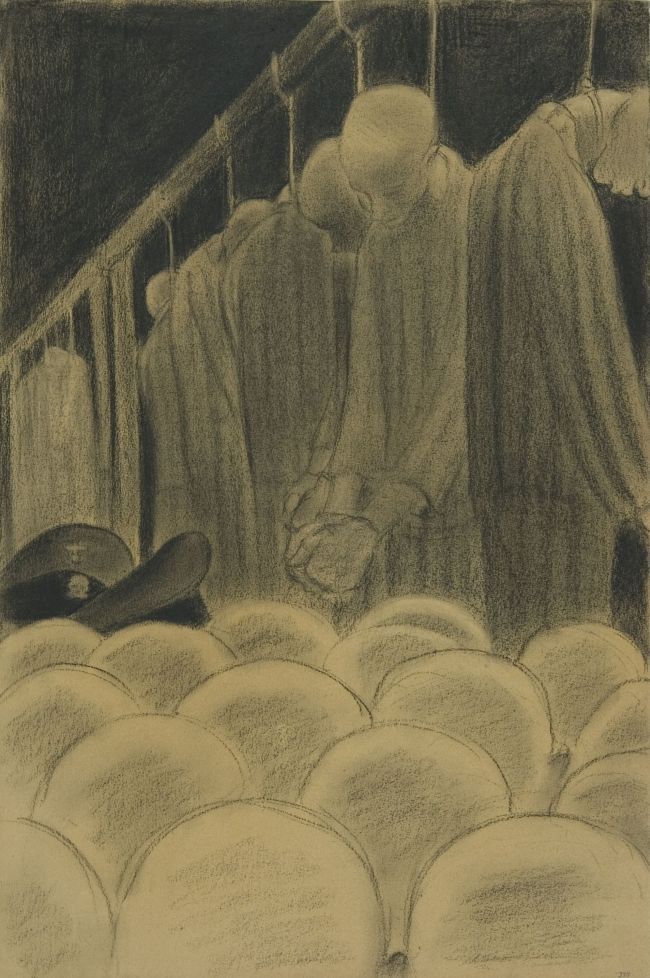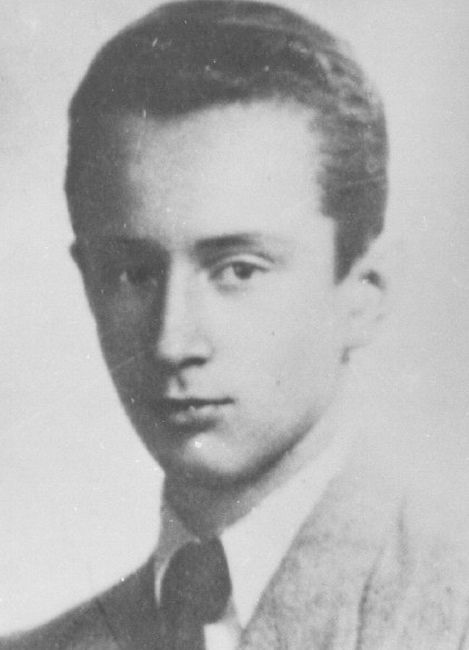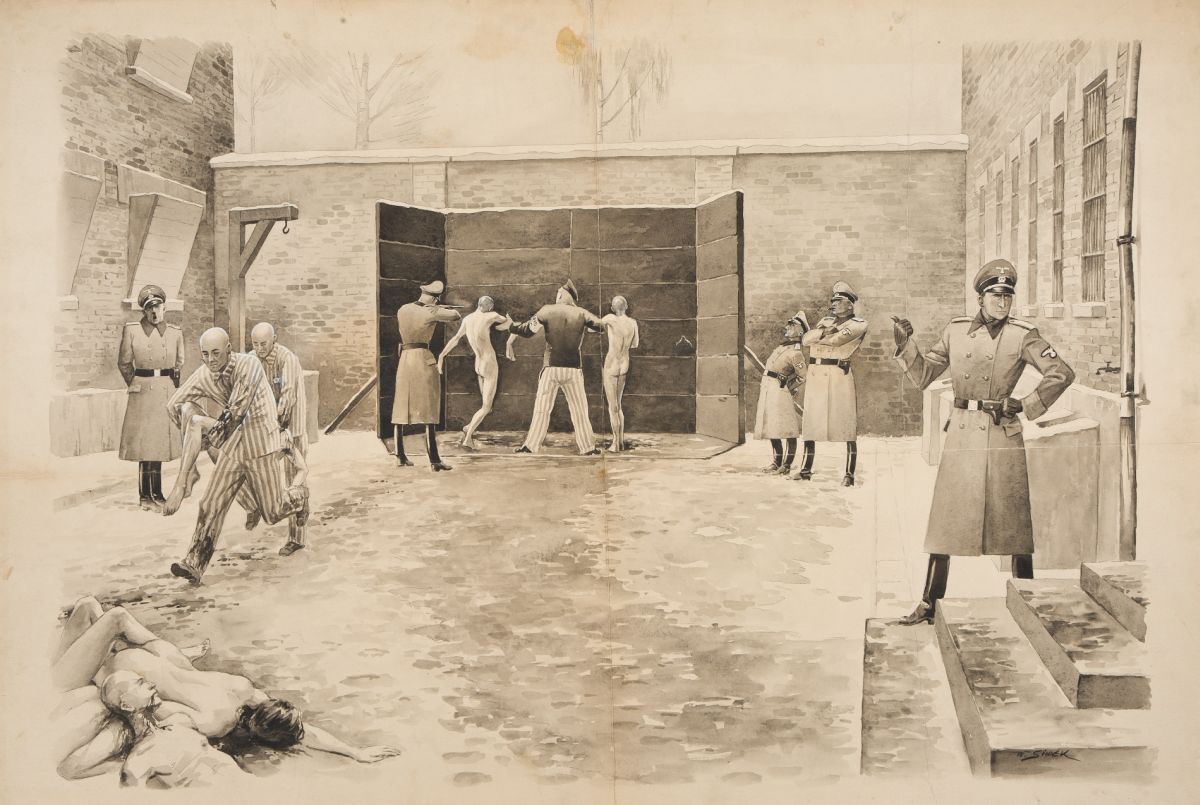On 19 July 1943 a gallows was built along the main street of the camp in front of the prison kitchen. It was a long rail suspended on two posts dug into the ground. When we were lined between the blocks and in the main street for the evening roll call, the gallows were already prepared. There were 12 nooses hanging from the rail, each with a stool set up below. After the completion of roll-call formalities, conducted very quickly on that day, Woźniak, Sikorski, Skrzetuski, Marcisz, Stawiński, Wojtyga, Kulikowski, Gancarz, Ohrt, Foltański, Rajzer, and Rapacz were brought under the gallows and were placed on the kitchen side facing the roll-call square so that they had the gallows and the nooses before their eyes. They were all dressed in overalls without underwear, and had hands manacled behind them. Then they were ordered to climb the stools standing under the nooses and, as far as I remember, two prisoners were also brought from the bunker for the purpose of placing the nooses around the necks of the people to be executed. The ceremony was observed by a group of SS officers led by Commander Höss and the Lagerführer. All the camp guards were reinforced. … Höss stepped out from the group surrounding him, accompanied by a Dolmetscher [interpreter] and began to read the sentence. …
Nonetheless, Höss did not finish reading the sentence, as Skrzetuski, standing first in the line, kicked the stool from under his feet and hanged. Seeing that, the SS officers standing in Höss’s group came running to the sentenced and snatched away the stools on which they rested. After the execution, Höss and his SS escort moved away, and we were ordered to go to our blocks.




